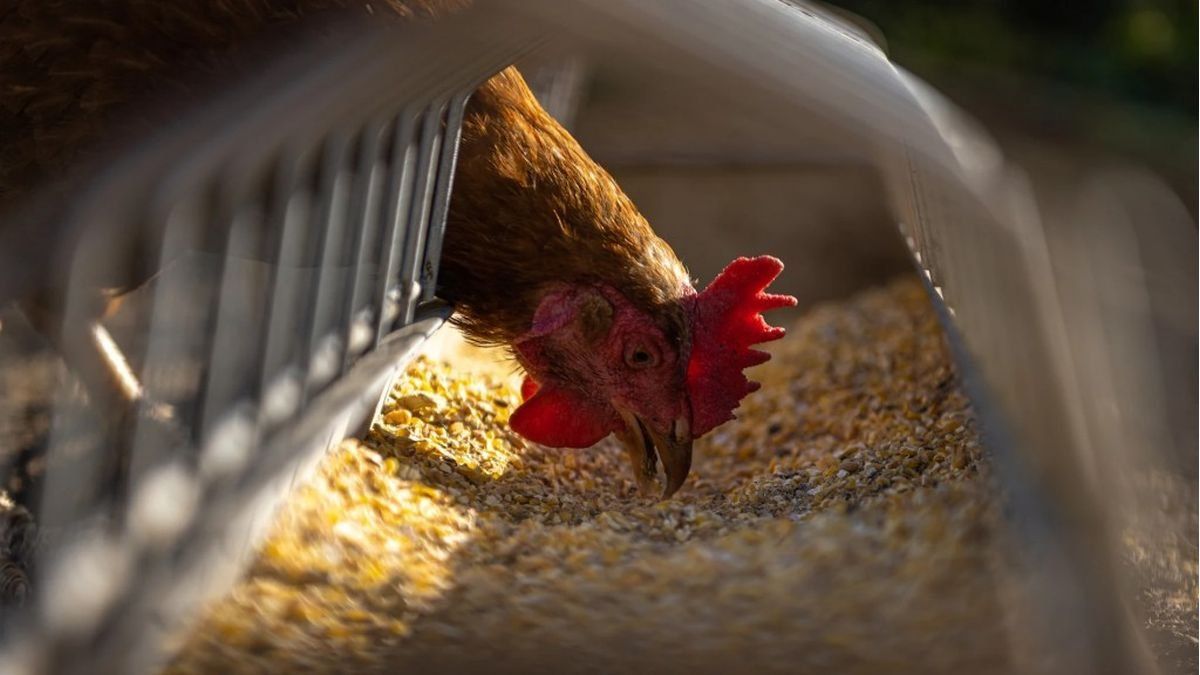Before a query of Ambit, Pride said “for now State aid is not necessary”, but remarked the need for a VAT reduction:”We pay 21% VAT compared to other animal proteins that pay much less, 10.5%. This hits us a lot and we need to solve it as soon as possible to be equal.”
The president of the entity also explained to this medium that, despite this virus, the sector maintains its growth forecast around 2% and 3% by 2023.
Control and prevention of bird flu
On the other hand, the leader highlighted that from CAPIA they are working “in full coordination” with the health and agricultural policy authorities for strengthen prevention and control measures of this disease, which can affect the birds of productive establishments.
He also noted that the National Agrifood Health and Quality Service (SENASA) “It is performing very well, with international protocols, professionalism and commitment. Producers will work side by side with the authorities, collaborating to redouble prevention and control measures in all productive establishments in the country.”
And, in addition to recommending acting calmly in the face of the appearance of this flu in the country, CAPIA issued a series of recommendations to keep the disease under control.
CAPIA Recommendations
- In birds, the avian influenza virus is shed in feces and respiratory secretions, and can be transmitted through direct contact with secretions from infected birds either indirectthrough the contaminated water.
- The migratory wild birdsespecially the aquatic ones, are natural hosts and reservoirs of the virus from avian influenza. In their intestinal or respiratory tracts, they can carry the various strains. Depending on the virus strain and bird species, the virus can be harmless or fatal for the animal.
- The direct exposure of poultry to wild birds is he most likely transmission factor. Therefore it is limiting your exposure to wild birds to minimize the risk of introduction of avian influenza.
- Outbreaks can have serious economic consequences for the poultry industry, wild bird health, producer livelihoods and trade.
- The producers may suffer a high level of mortality in their flockswith a approximate percentage of 50%.
- The transmission from birds to humans usually sporadic and occurs in a specific context. The people who are in close and repeated contact with infected birds or with highly contaminated environments must redouble prevention measures to mitigate the risk.
Source: Ambito




